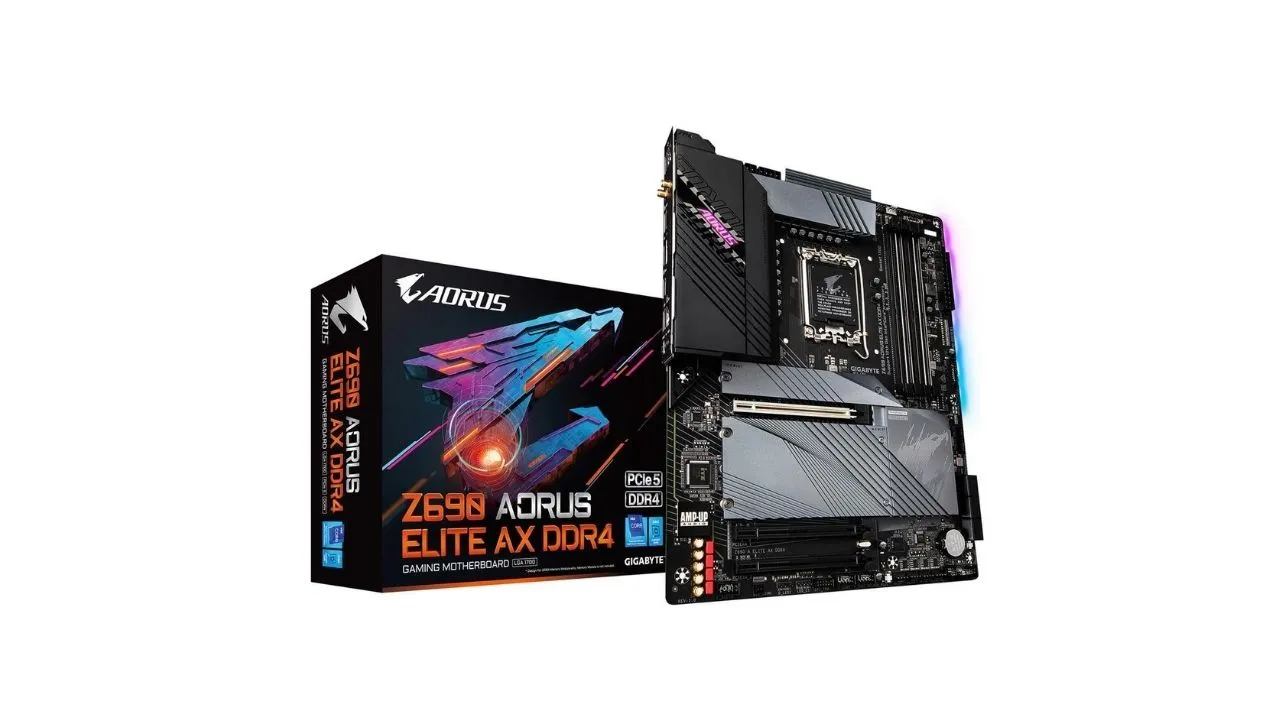If you read our Alder Lake coverage last issue, you’ll know that Intel’s new chipset and 12th-gen CPUs don’t just bring a new CPU socket, but also new memory in the form of DDR5. It offers higher frequencies and greater bandwidth than DDR4, as well as on-board voltage control and more besides.
However, as with any new technology, there are teething issues and early DDR5 kits have guite high timings for starters, plus they’re only available in very small quantities at the moment. There’s also the fact that faster kits will be launched in the near future, as we learned last month in our Q&A with memory manufacturer Kingston.
If you’re looking to buy a premium motherboard, then you may well have to opt for DDR5 memory regardless, as DDR4 options are usually only available at the cheaper end of the scale. Taking this route would likely offer the best degree of future proofing too, since you’ll likely be able to transfer your new memory kit to future Intel. We can see if either offers tangible benefits over the other and whether you should think twice about splashing out.
Starting with the Corei9-12900K,our image editing test,which stresses single threaded performance,offered small advantage with DDR5,with score of 80,694 vs80,011,and another smallgainer heavilymulti-threadedvideoencodingtest, which rose from 1,101,433 to 1,110,719 when shifting to DDR5. It’s Not A Massive Difference, butDDR5is slightly faster nonetheless.
If you’re looking to buy a premium motherboard, then you may well have to opt for DDR5 memory regardless of AMD systems, but for now, you’ll have to pay more money for it.
For example, a 32GB Corsair Dominator Platinum RGB 3600MHz kit currently costs $18, while the similar kit in DDR5 form at 5200MHz will set you back $290. Below we’ve carried out a series of tests across all three CPUs in an Asus ROC Maximus Z690 Apex and TUF Z690-Plus WiFi D4 motherboard. The former is DDR5- enabled and the latter still limited to DDR4, so However, the multi-tasking test was slightly slower, even if the overall system score gave a slight advantage to DDR5.
Far Cry 6 again saw a small advantage with DDR4 on this gaming CPU, but only on the average frame rate, which rose from 137fps to 140fps. In Cinebench, the score again rose slightly from 27,292 to 27,407. Overall, there are slight improvements, but nothing worthy of the upgrade cost.
DDR5 offered a slight upshift in the image editing test and video encoding test, and in the system score, but similarly saw a lower multi-threaded score with DDR5 memory. Cinebench again saw a slightly higher result with DDR5 memory, but practically within the margin of error at vs 22,507. Finally, Far Cry 6 offered no benefit, with the exact same 88fps 99th percentile and 132fps average being obtained from both systems.
The same trend was shown by the Core i5-12600K, with the DDR5 Motherboard offering a lower DDR5-based multi-tasking result in RealBench, while the rest of the scores were slightly higher.
Cinebench saw less than a 100-point improvement with DDR5 over the DDR4 system’s 17,416 score and Far Cry 6 performance was nearly identical too, with If ps lost to DDR5 on the 99th percentile frame rate and 2fps gained on the average frame rate.
THE VERDICT
It seems that, for the moment, DDR5 offers little benefit in performance in everyday software, at least in the benchmarks we’ve used here. There are slight gains from using DDR5 over DDR4 in most tests, but it’s very clear that, given the current pricing, it’s not really worth opting for DDR5 right now. The main reason to buy it, as we mentioned earlier, is if you’ve fallen in love with a particular motherboard that’s DDR5-only.
Even if you were buying and building a new gaming PC, we’d still lean towards DDR4 at the moment, until the price of DDR5 memory comes down. When we wrote this, we couldn’t find any DDR5 kits in stock anywhere either.
WHAT ABOUT XMP 3.0?
One DDR5 memory feature we’ve yet to try is XMP 3.0. The new DDR5 memory modules have extra space onboard that can be used for additional memory profiles, such as the ones you see when you select XMP in your motherboard’s BIOS. With XMP 3.0, there’s space for more profiles, including those you create yourself.
For example, if you want to create your own profiles with higher frequencies or lower timings, you can do this from the EFI, Intel’s XTU software, or memory manufacturers’ software, such as Corsair’s iCUE. You can even load profiles in real-time in Windows, perhaps when a specific program is launched.
Sadly, XMP 3.0 isn’t up and running yet, so we were unable to test it here, but according to Corsair, it should be working on select motherboards and its iCUE software by the end of this year (2021). It does look as though this feature will be more useful to extreme overclockers than typical end-users, but we’ll have to wait and see.

